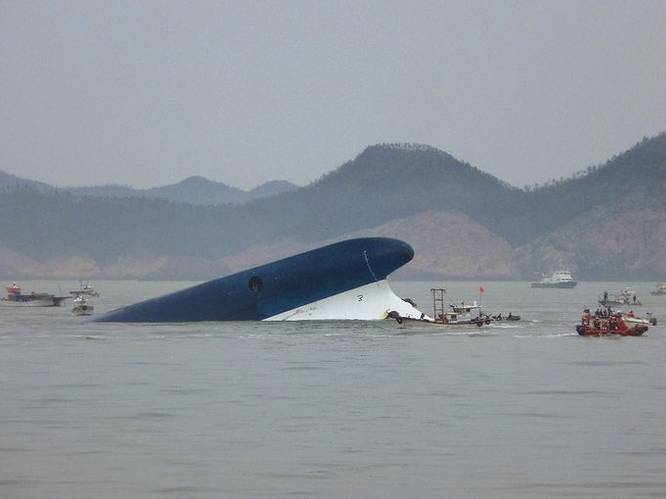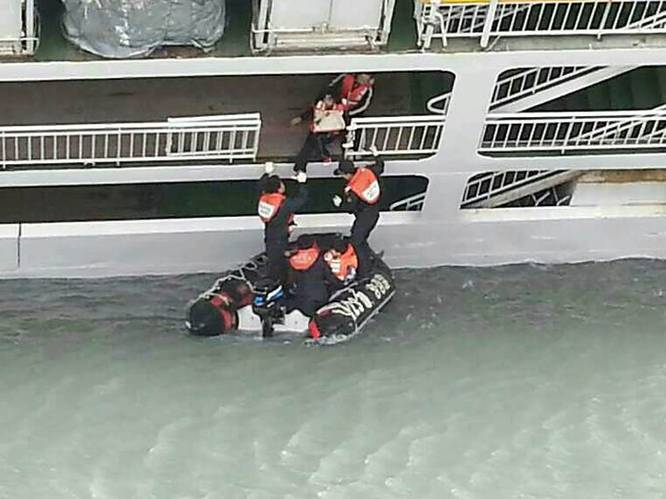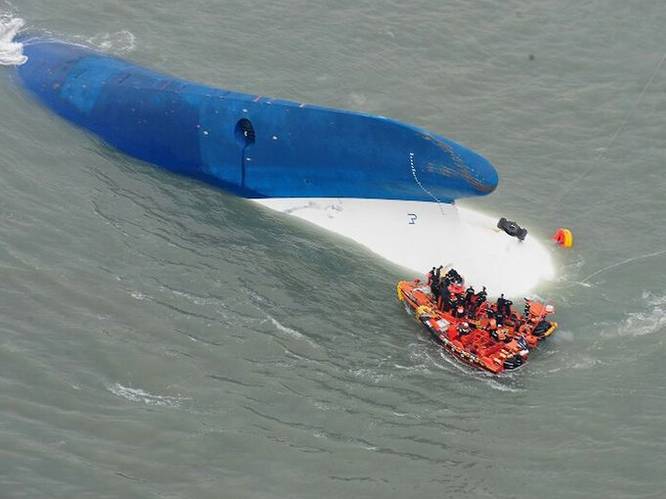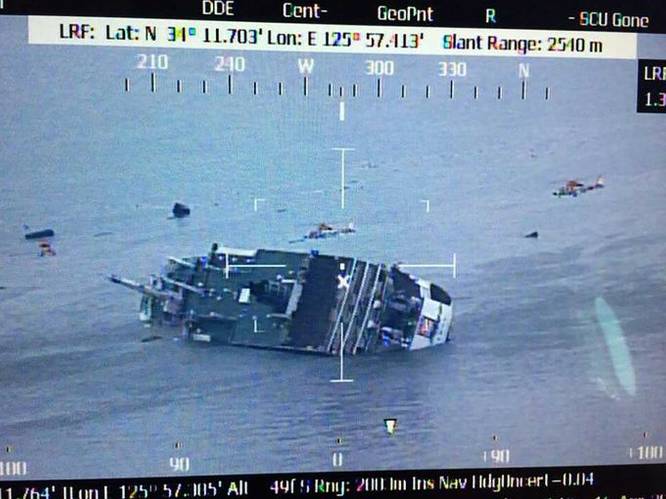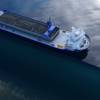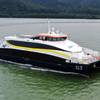Hundreds Unaccounted for in S.Korea Ferry Disaster
For the parents of the many teenagers still missing after the Sewol ferry capsized off the coast of South Korea, the wait for news - good or bad - is almost unbearable.
Of 462 passengers on board the ship when it set sail from the port of Incheon late on Tuesday, nearly 340 are believed to have been from the same high school near the capital Seoul, on their way to Jeju island for a field trip.
The prospect of hundreds of pupils in their late teens perishing in a single accident only adds to the sense of tragedy after Wednesday's disaster.
Considerable uncertainty surrounds the number of those missing and rescued, after South Korean authorities drastically revised their estimates midway through the day.
Rescue operations are also ongoing through the night, under the light of flares, although divers have suspended attempts to find survivors inside the ship, now almost completely submerged, until daylight.
But a sense of foreboding is unavoidable among those involved in searching the waters off the southwest coast, and relatives of the missing waver between hope, despair and anger at what appears to be authorities' botched handling of the incident.
"My tears have dried up," said a mother in Jindo, a town near the site of the disaster where many families have gathered. "I am holding on to hope. I hope the government does everything to bring these kids back to their mothers."
At the dockside in Jindo, women sat and stared out at the black, calm sea before them, quietly sobbing.
"No Rescue Operation"
The father of one missing child could not bear to wait. He said he and 10 other parents paid 61,000 won ($59) each to hire a boat to take them to the scene, along with a local reporter and a diver.
"There was no rescue operation going on," he said on his return to Jindo. "We clearly saw there is none. What they were doing at the time was stopping the oil spill. I'm extremely angry. The media says the rescue operation is still going on. It's all a lie. It makes me so furious."
Anger was also aimed at reporters in Jindo trying to interview families of those missing or rescued, and at the school, which at one point mistakenly announced that all 338 students and teachers on the field trip had been rescued.
Adding to the misery, the Ministry of Security and Public Administration initially reported that 368 people had been rescued and that about 100 were missing. It later described those figures as a miscalculation, turning what had at first appeared to be a largely successful rescue operation into potentially a major disaster.
The latest official estimates say that of 462 people on board the Sewol, 174 have been rescued and four people are confirmed dead, including at least one student from the school. That leaves 284 people unaccounted for.
For many parents, the agonising wait began at Danwon High School in Ansan, a Seoul suburb, where they gathered in the morning after news of the ferry disaster broke.
Park Seong-ho, father of a 17-year-old boy on board the ferry, but who had not been in contact, said, "I have to go now. It's as if the world is falling apart. I really want to go now to see my son."
Jeong Kyung-mi, mother of another 17-year-old from the school, was more fortunate. She received a text message from her son saying he had been rescued with friends and was safe.
"When I heard the news, it felt like my heart had stopped beating," she said.
Parents fought their way on to coaches provided to take them to Jindo, where some were reunited with their children.
Survivors there huddled on the floor of a gymnasium, wrapped in blankets and receiving medical aid. One woman lay on a bed shaking uncontrollably. A man across the room wailed loudly as he spoke on his mobile phone.
(By Narae Kim; Additional reporting by Jinwoo Lee, Jungmin Jang and Ju-min Park; Writing by Mike Collett-White; Editing by Ian Geoghegan)







